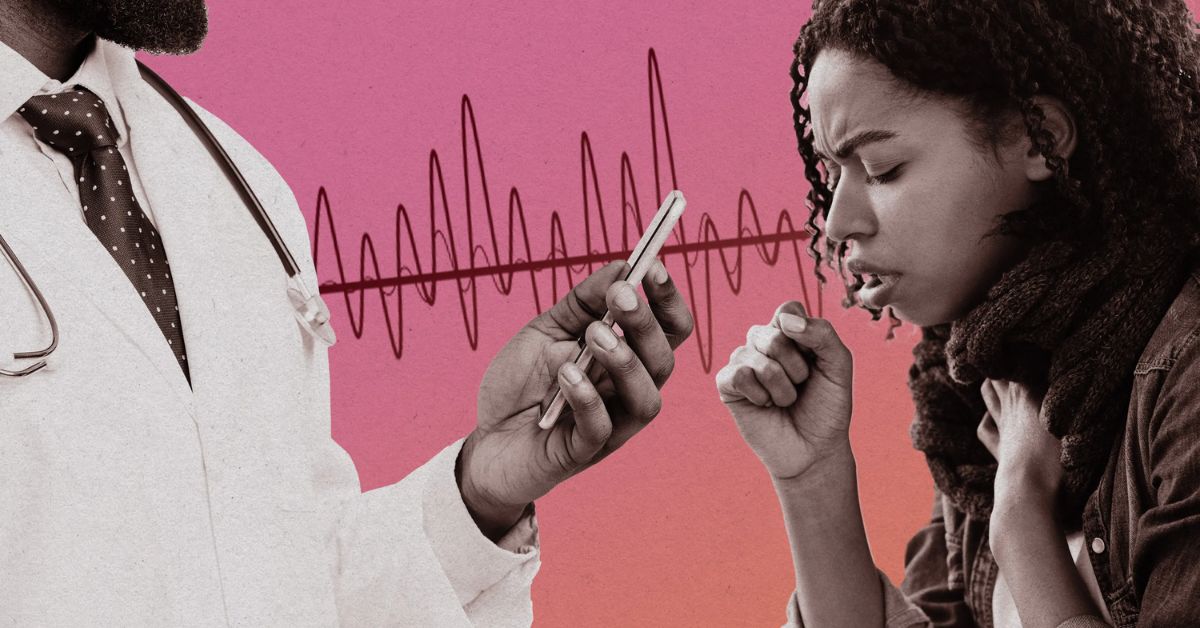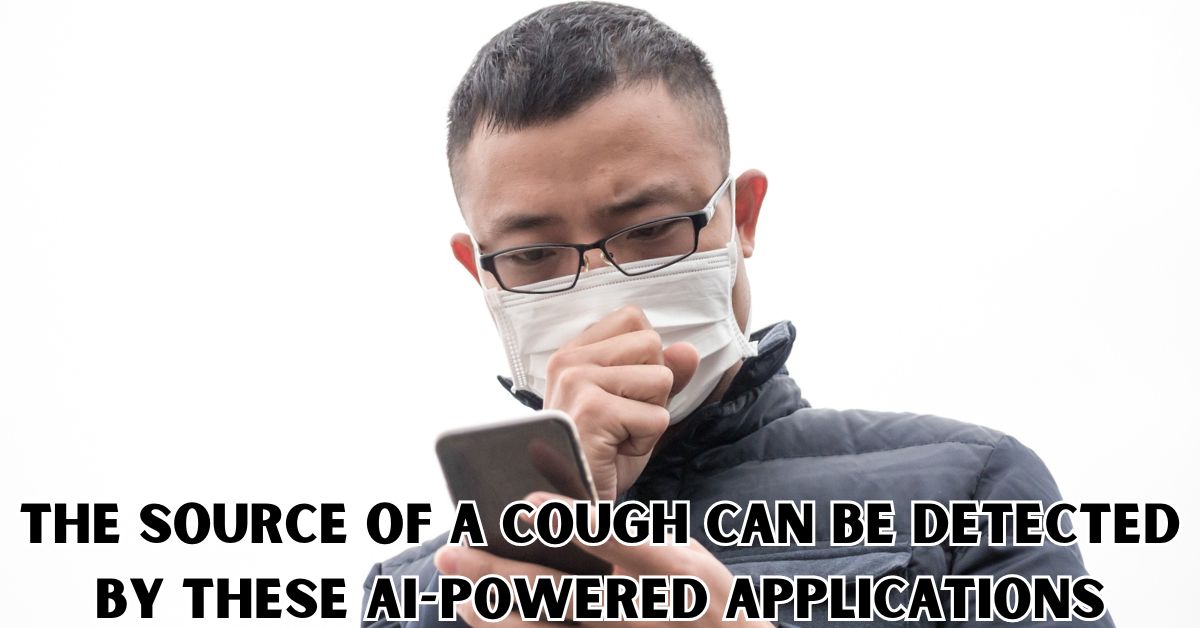This week, I read a study that introduced me to a new application of artificial intelligence. Scientists have created a mobile app that can identify TB from other respiratory illnesses only by listening to a patient’s cough.
This approach has its limitations. About 30% of persons with tuberculosis who genuinely had the disease were missed by the app. The gold-standard method for diagnosing tuberculosis involves collecting sputum to test for the disease-causing bacteria. However, there is a simpler and far cheaper alternative.
In low-income nations, it could be particularly helpful as a screening tool to detect cases and stop the spread of the disease. This new study is based on recordings of coughs taken in a Kenyan healthcare facility.
The researchers, hailing from both the US and Kenya, used approximately 33,000 spontaneous coughs and 1,200 forced coughs from 149 patients with tuberculosis and 46 patients with other respiratory disorders to train and test their smartphone-based diagnostic tool. Compared to more conventional diagnostic methods, the app just couldn’t cut it.
However, it might serve as a supplementary screening instrument. There will be a decrease in the likelihood of disease transmission if individuals with active tuberculosis cases are diagnosed and treated promptly.

This new paper joins the hundreds of others published in the past few years that have investigated the possibility of using coughs and other bodily noises as “acoustic biomarkers”—sounds that signal changes in health. Although there has been some work on the idea for 30 years or more, the field has really taken off in the last 5 years.
A laryngologist at USF, Yael Bensoussan, attributes the shift to the increasing prevalence of AI, saying, “With artificial intelligence, you can analyze a larger quantity of data faster.” Interest in cough analysis was further fueled by COVID-19. Thirty to forty new businesses devoted to studying cough sounds emerged during the epidemic, according to Bensoussan.
In 2020, AudibleHealthAI started developing a mobile app to detect COVID-19. The Food and Drug Administration is presently reviewing the program known as AudibleHealth DX. The business has recently expanded into the flu and tuberculosis markets.
Prior to the pandemic, in 2014, the Australian firm ResApp Health began developing an acoustic diagnostic tool for respiratory illnesses. However, the business changed its focus and created an audio-based COVID-19 screening test once the virus became public knowledge. The tool’s accuracy in detecting 92% of positive COVID-19 cases just from a patient’s cough was disclosed by the business in 2022.
Pfizer quickly followed by purchasing ResApp for $179 million. When it comes to the future of these kinds of apps as trustworthy diagnostic tools, Bensoussan remains pessimistic. Even if they can’t identify the source, she argues that cough detection applications could be useful health aids. Smartphones are particularly adept at capturing coughs.
In the event that you found this article on technology to be enjoyable, you might possibly find the following to be as enjoyable:
- Apple’s High-end Smartphone Looked Like an Apple Foldable!
- On January 17, Samsung is Set to Unveil New Phones That Are AI-Powered!
According to Jamie Rogers, a product manager at Google Health, it’s a revolutionary move to have a ubiquitous device—a smartphone—that everyone carries around with them—whether it’s in their pocket or by their side—to observe their coughs. The most recent Pixel phones from Google are equipped with snore and cough detection features.
Additionally, Bensoussan believes that cough-tracking applications have the potential to revolutionize clinical trials by allowing researchers to measure coughs among other things. It’s incredibly challenging to trace cough, she remarks. The recollection of coughing by patients is frequently relied upon by researchers. However, the accuracy of an app would be much higher.
“From a tech viewpoint, it’s pretty straightforward to record the frequency of cough,” she explains. And it’s not simply coughing that can indicate how we’re doing medically. Under Bensoussan’s leadership, an NIH-funded project with a budget of $14 million is being developed to create a large database of vocal, cough, and respiratory sounds.
This database will help in the creation of diagnostic tools for a wide range of diseases and conditions, including cancer, respiratory ailments, schizophrenia, bipolar disorder, speech difficulties, and more. Coughing, reading phrases or vowel sounds, breathing in and out, and many other sounds are captured by the database.
A lot of these studies involve secret private data sets, which is one of the key restrictions, adds Bensoussan. The research becomes more difficult to validate because of that. She and her coworkers will be creating a database that anyone may access. She anticipates that the initial data release will take place prior to June.
Apps that can detect health issues based on cough or voice patterns will proliferate as more data becomes accessible. It’s early to tell if those apps will significantly impact screening or diagnosis, but we’ll stay tuned for updates.



